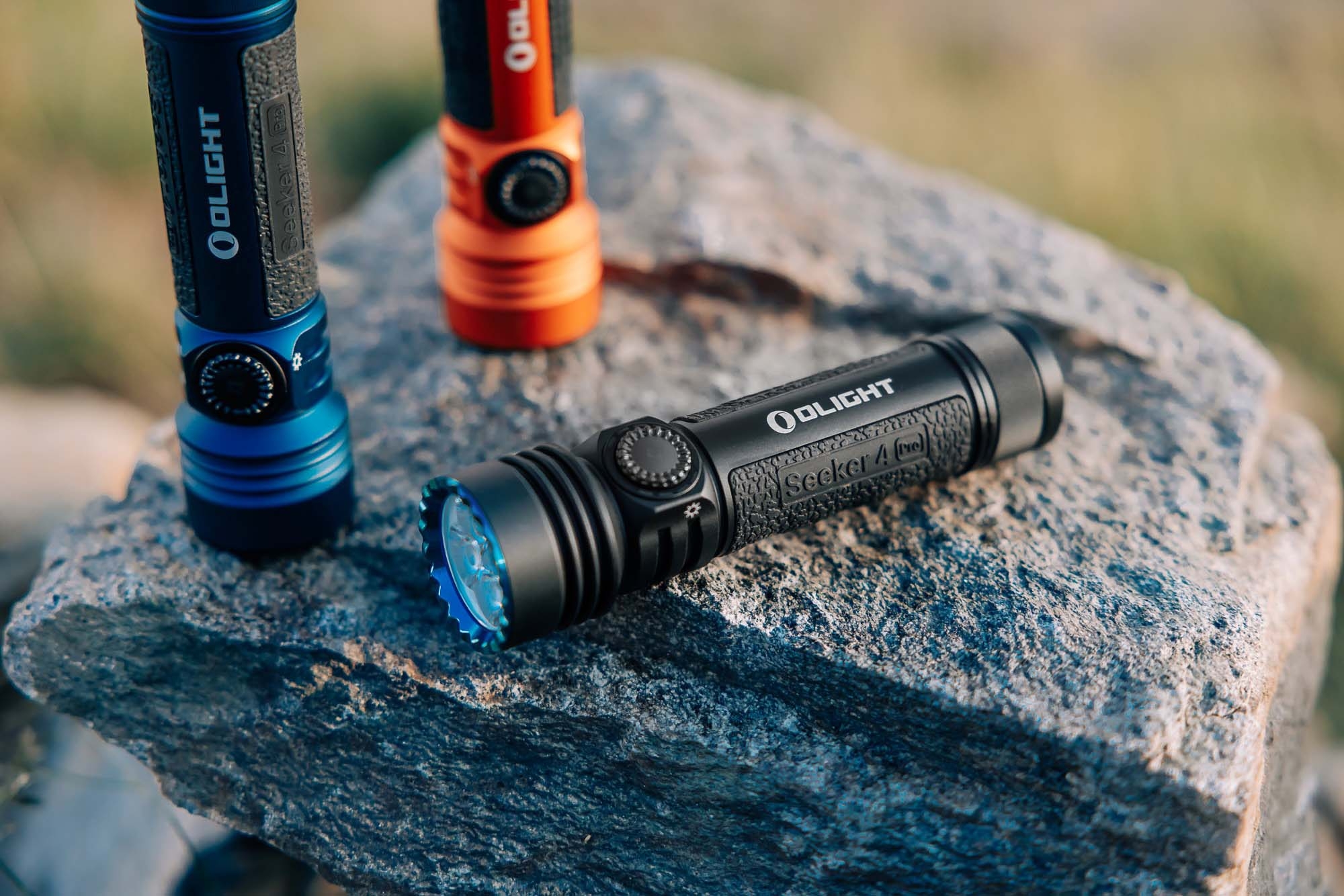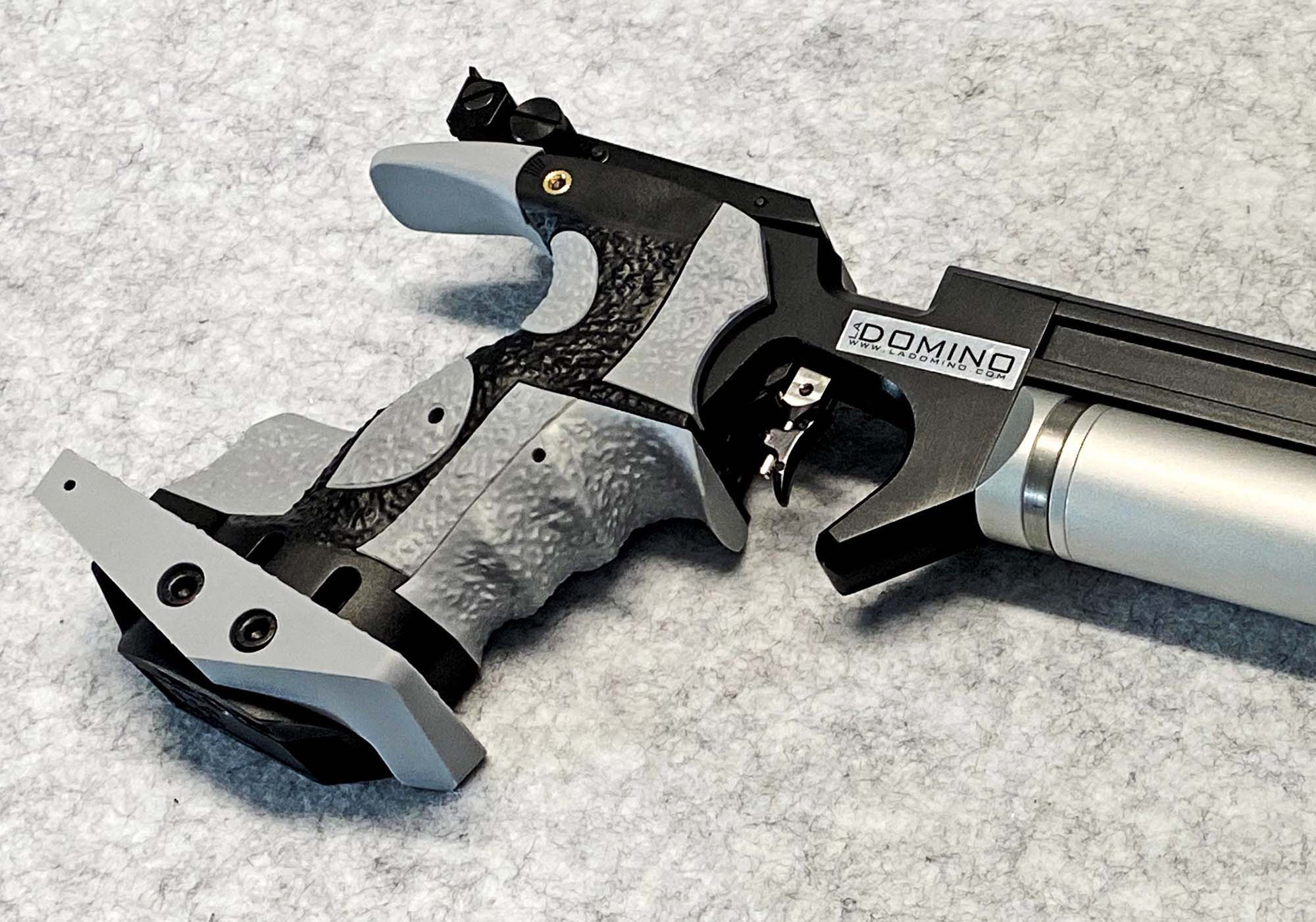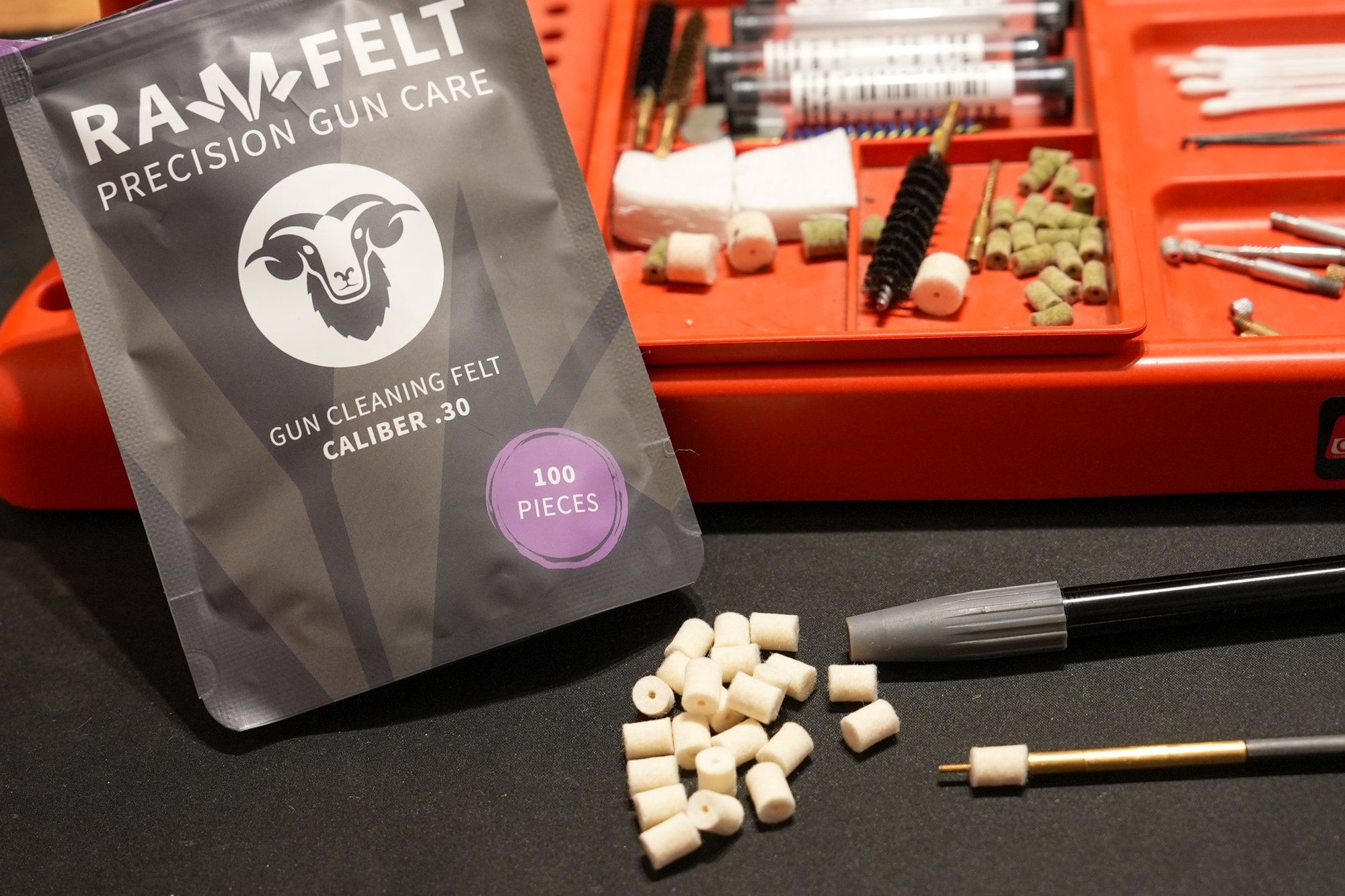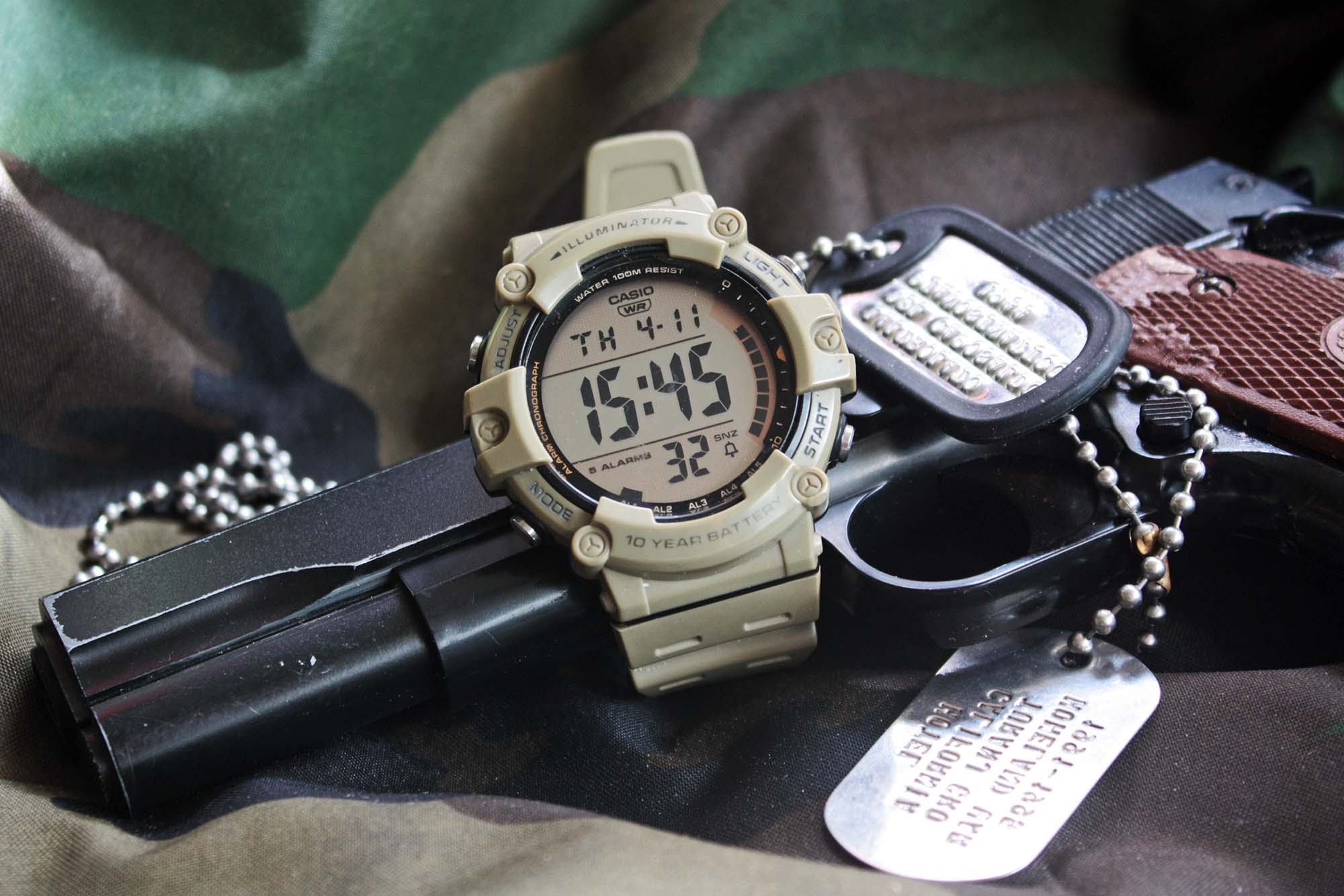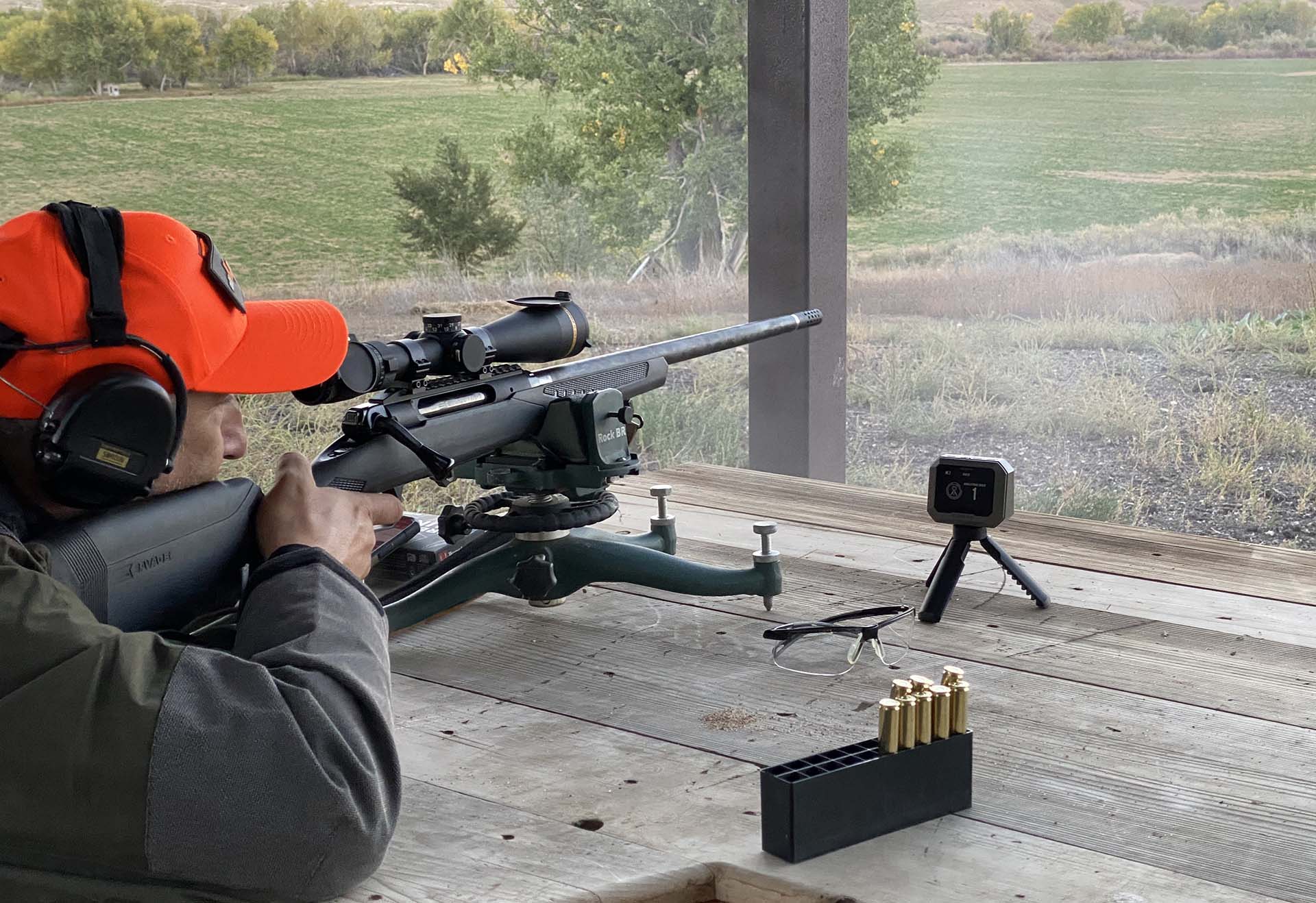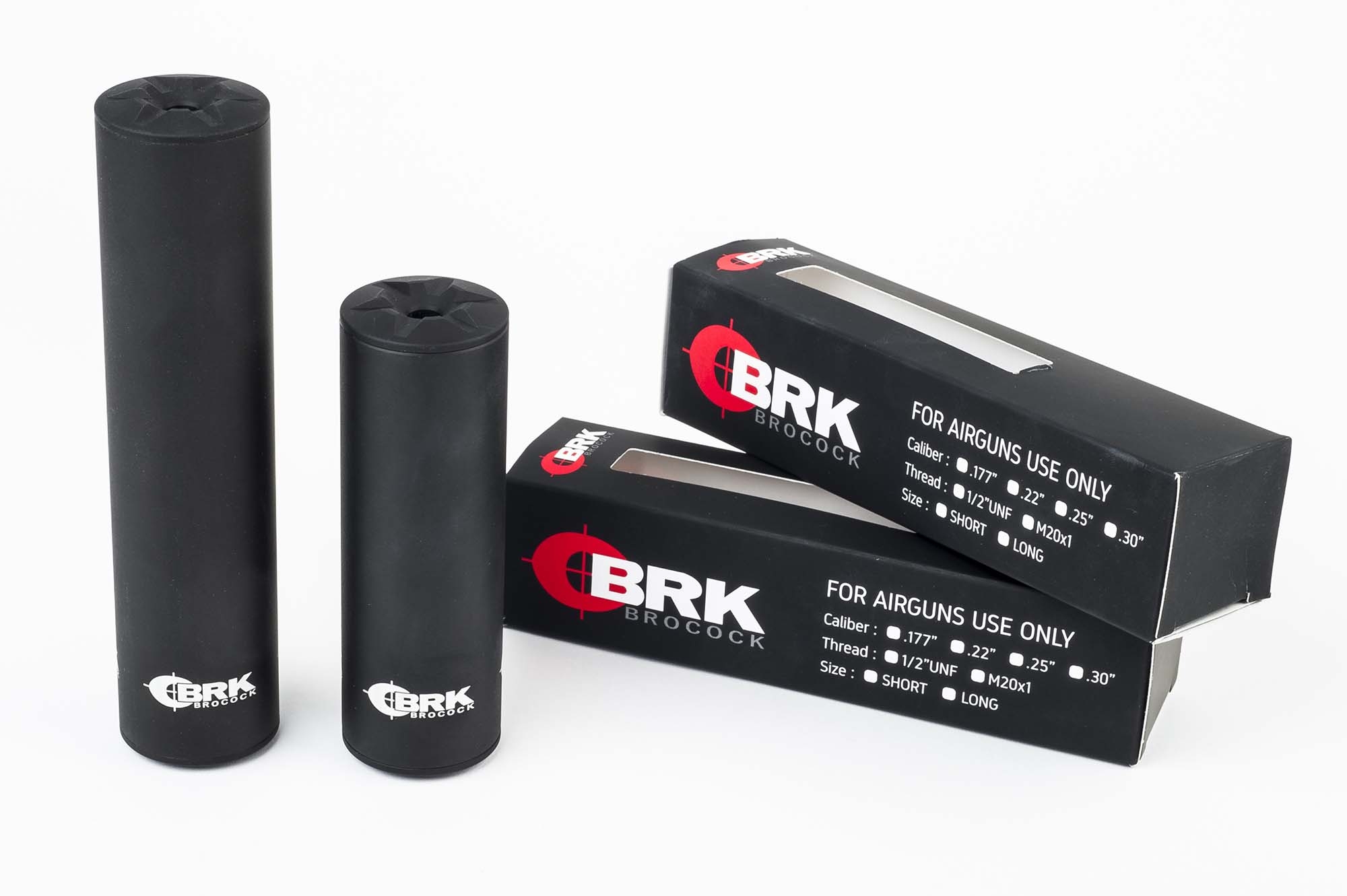MAK is a household brand in Germany, building very high-quality mounts, accessories and aiming optics for the professional, sporting and hunting markets. Innovation is a staple of the Schwebheim based company, founded and owned by Michael Ali Kilic – incidentally, the initials of MAK – a clever and volcanic mind that devised many of the ideas and patents used in the company’s products.
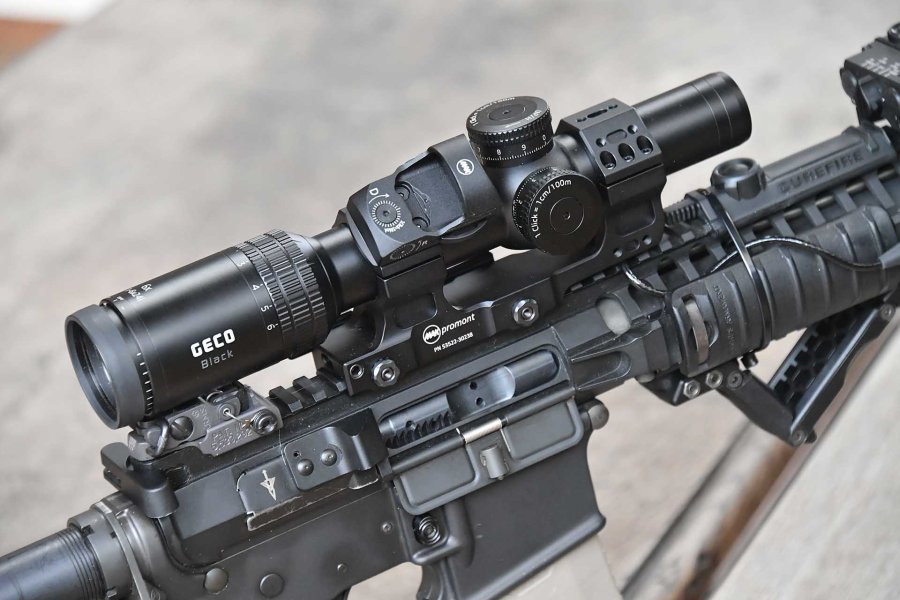
I wanted to field test the MAK platform in the offset red-dot concept: on a given gun that is configured with a variable magnification riflescope, a secondary miniature red dot is mounted on top or to the side of the primary optic so that it is immediately available to engage very close targets without having to turn down the magnification of the main scope – in essence, adding close quarters to a short to medium distance configured firearm.
For this purpose, I received from Ali two specific MAK products, the MAK Promont riflescope offset mounting system and the MAK Dot SH mini reflex red dot collimator, plus the necessary MAK interface plate to mount the MAKdot on one of the Promont rings.
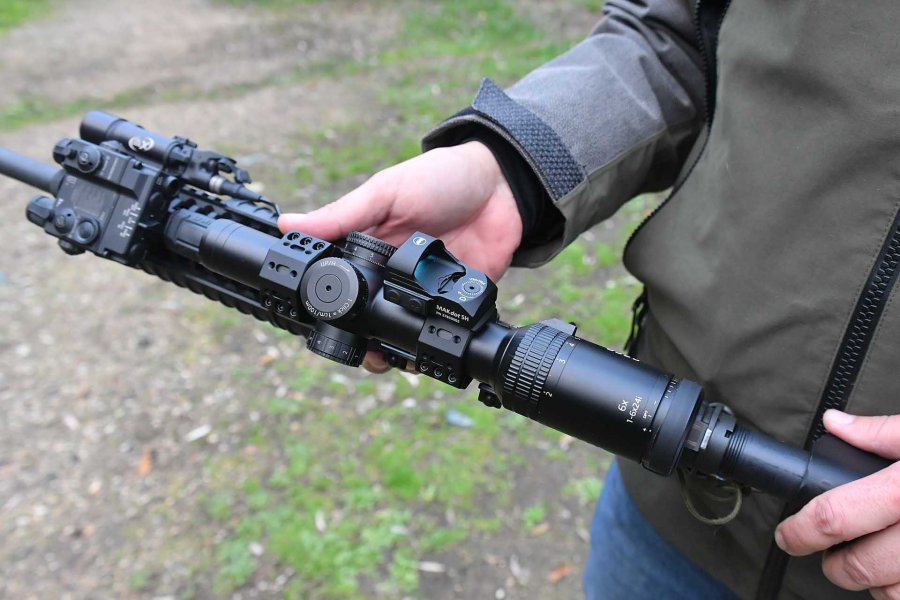
A few words on each of these MAK products: the medium height Promont with 2" offset and 30-mm rings is a monoblock Picatinny rail mounting solution that is built by CNC machining a 7070-T6 billet. The same mount is optionally available with different ring diameters, non-offset and also with 0 or 20 (and more) MOA front inclination.
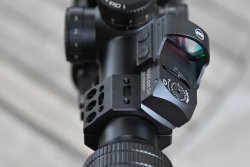
All MAK Promont mounts feature a patented quick release system that can be easily adjustable by hand without any tools that guarantees return to zero repeatability, a built-in bubble level in the base, and top rings with mounting interfaces on their three sides.
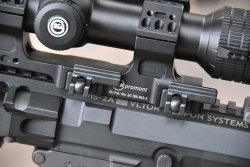
This last feature will be used to mount the MAK Dot SH, a miniature reflex red dot sight with a 3.5 MOA reticle that is adjustable for brightness using two push buttons on the optic’s left side that also are used to turn off and on the sight.
The MAK Dot SH is waterproof, uses a standard CR3032, and both windage and elevation adjustments feature positive 1 MOA clicks. The battery is replaceable without having to remove the sight from the gun, thanks to a small “drawer” on the right side of the optic.
The housing of the MAK Dot is CNC built out of 6063 billet and hard coated for durability.
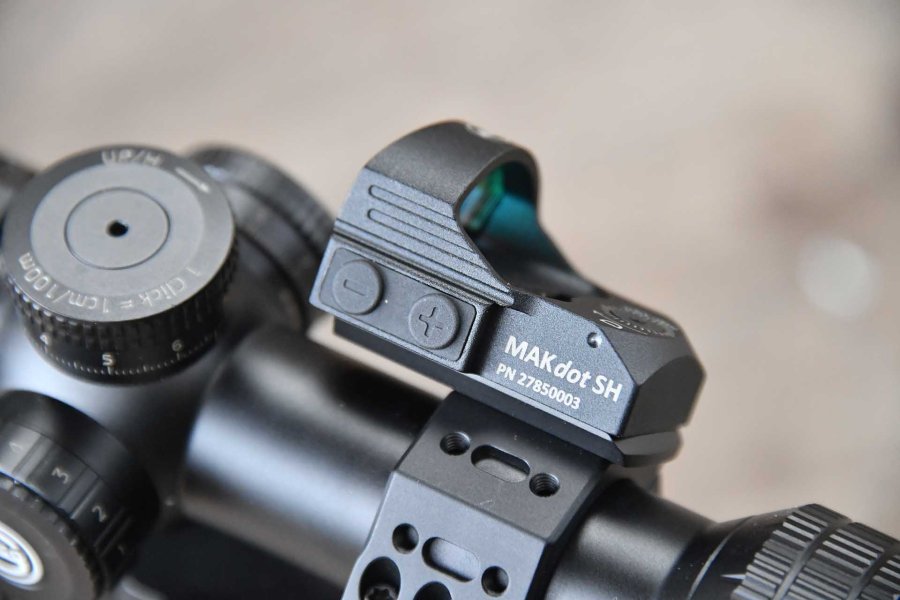
I used my M4 semiauto carbine in.223 Remington as a test platform, configured with a variable magnification 1-6x24 GECO Black riflescope with its illuminated reticle on the first focal plane. Due to a few quirks of this scope, namely the reticle not visible enough at the lowest setting – even at the highest brightness – and also the zoom ring being really hard to turn for some reason, making it painstakingly slow to dial down or up magnification, I opted to mount a secondary, immediately available red-dot sight for close quarters target engagement.
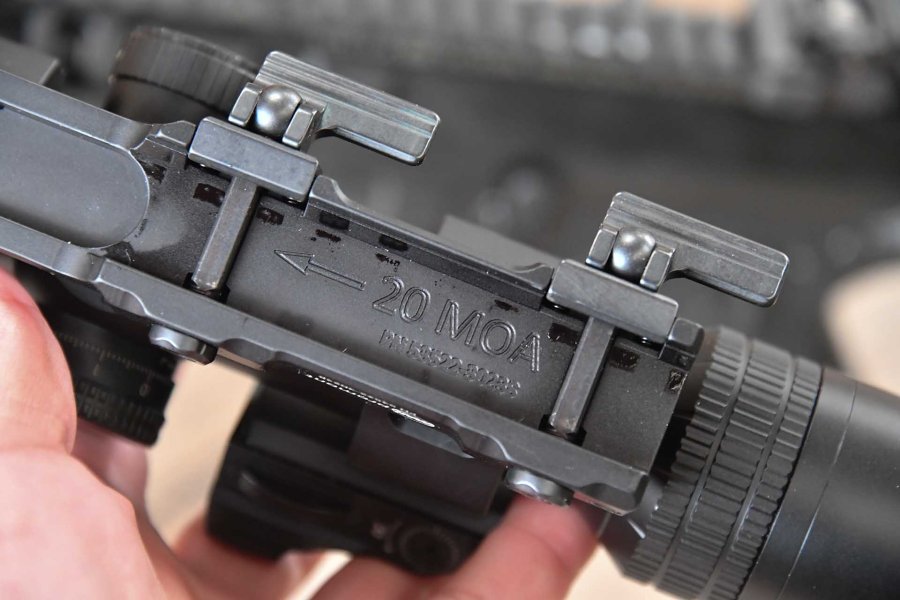
The quality of the MAK Promont is extremely high. German engineering and production really stand out from this Picatinny mount. Installing the 30-mm scope is a breeze. I opted for the 23-mm height mount (the exact model no. is 53522-30238), the highest available from MAK at the time, that sets the scope’s optical axis height at 38mm from the rail. I really like the quick release levers, once adjusted to the rail width they are easy to operate and secure the optic on the gun with proven repeatability. All moving parts of the QR railgrabber are built using hardened steel. The adapter plate for the red dot – also an accessory from MAK – is universal, and apart for the MAK Dot SH, can be used with many other mini reflex sights that use the Docter/Noblex footprint.

I decided to mount the MAK Dot SH on the right side of the rear ring, at an approximate 45° from the optic: not a perfect co-axial LOS in respect to the bore, but the transition from magnified optics to red dot is still many times faster than trying to dial down the zoom ring to 1x and figuring out where the, now ephemeral, reticle is in the center of the field of view of the riflescope.
Once the main optic/red dot combo is assembled and mounted on the rifle using the Promont, it’s time to zero the gun and test the full package on the shooting range. The gun and optics combo feels very secure and tight; the added weight of the interface and MAK Dot mini reflex is negligible. I zeroed the riflescope at 50m first, then I placed the gun on a bench support and zeroed the red dot, simply by moving the red dot reticle on the center of the target keeping the riflescope reticle on it. Easy and fast.
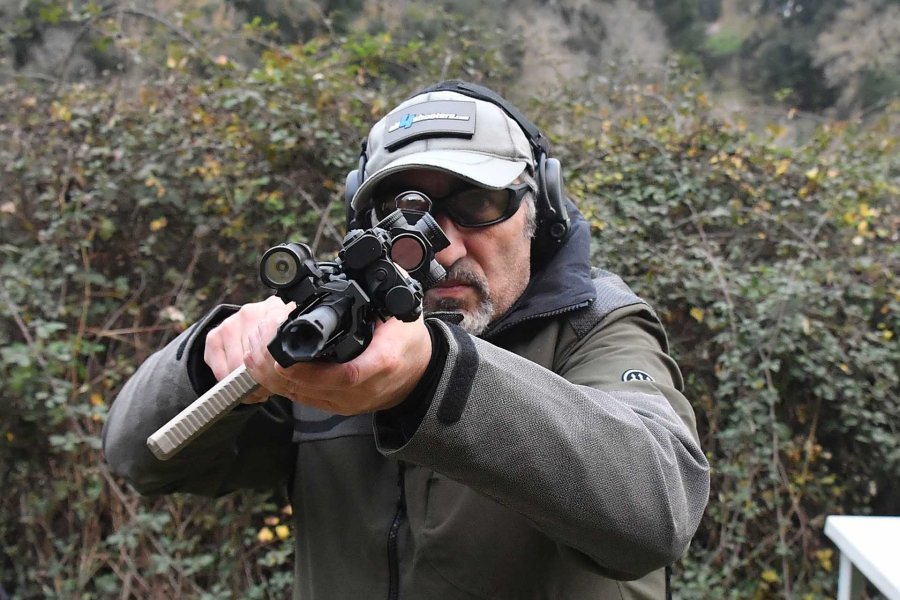
I then practiced transitioning from the 3-6x magnification of the scope to the red dot, rotating the gun inward on the shoulder, so that the MAK dot window would be vertical over the barrel, in various shooting positions and different distances to the target.
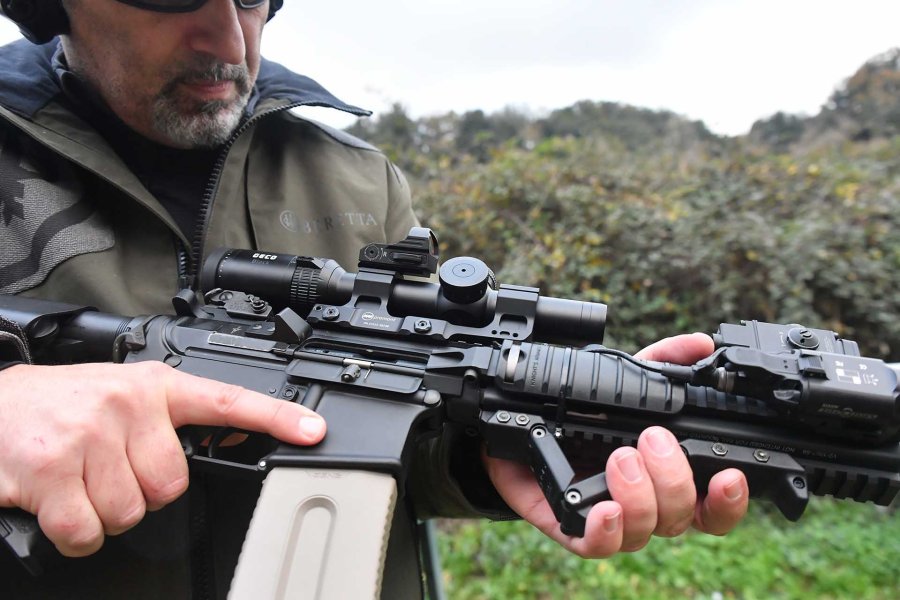
The transition needs a bit of getting used to, since it’s not a perfect 1:1 45° transition/:; the height of the reflex red dot sight mounted on the ring is a bit taller than the main optic, so that a cheeck weld to the stock sort of becomes… a chin weld, however, it’s still light years ahead than trying to torque the life out of the tough zoom ring of the GECO Black with the left hand holding the gun by the grip.
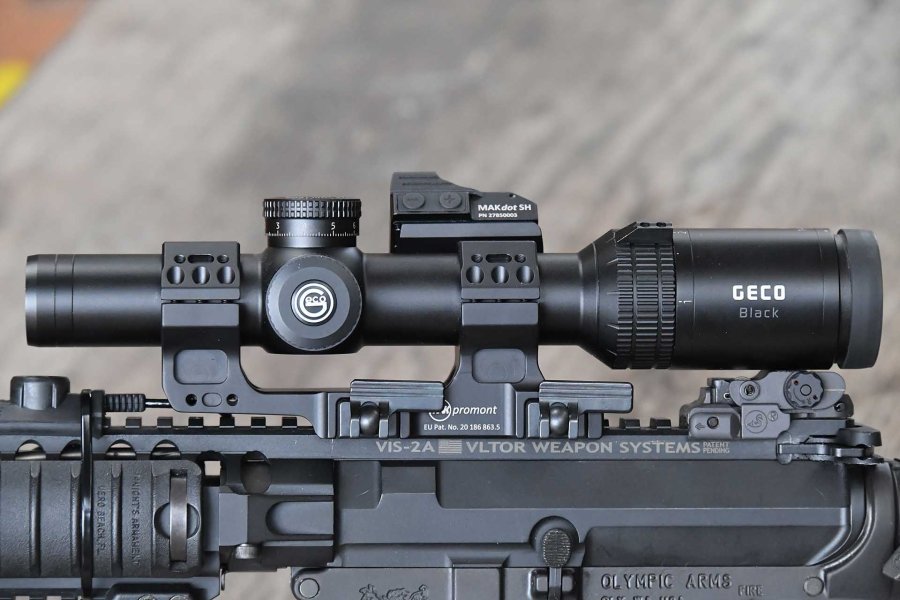
Performing drills at 50-100 m and at 25-7 m with the offset reflex sight combo, setting the main scope magnification beforehand at the best ratio for the longest distance of the stage and then transitioning to the red dot for the closer targets, really cuts down and improves stage completion times. On the other hand, setting up a gun like this has some disadvantages: i.e. it obviously doesn’t work when shooting from the left shoulder, because then the reflex sight forces to rotate the rifle outward.
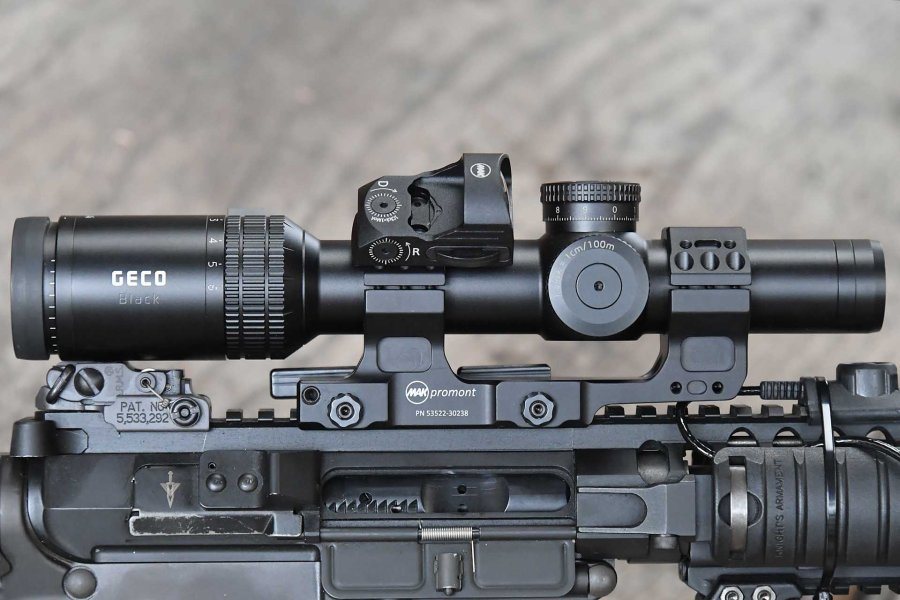
At the time I am writing this, a true 45° mini reflex mount is in the works at MAK, however, the concept is sound and very usable as is, with a rock-solid foundation due to the performance of the MAK Promont, and the excellent qualities of the MAK Dot SH.
To wrap up, the performance is really good and value of the MAK products very high on the price/quality scale. The MSRP for the tested MAK Promont is 413 euro, the MAK Dot SH is 354 euro and the interface plate is 65 euro.
For additional information please visit:
MAK Promont



